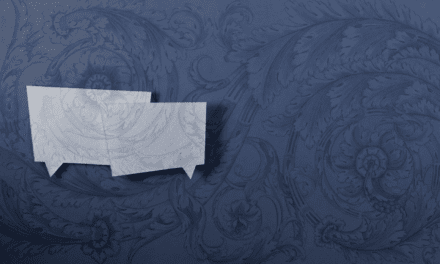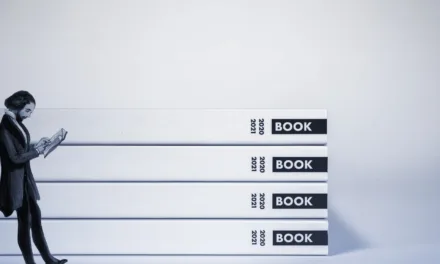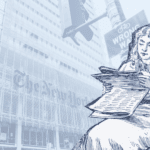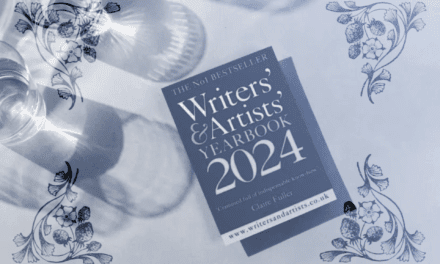
What are the pros and cons of different publishing routes?
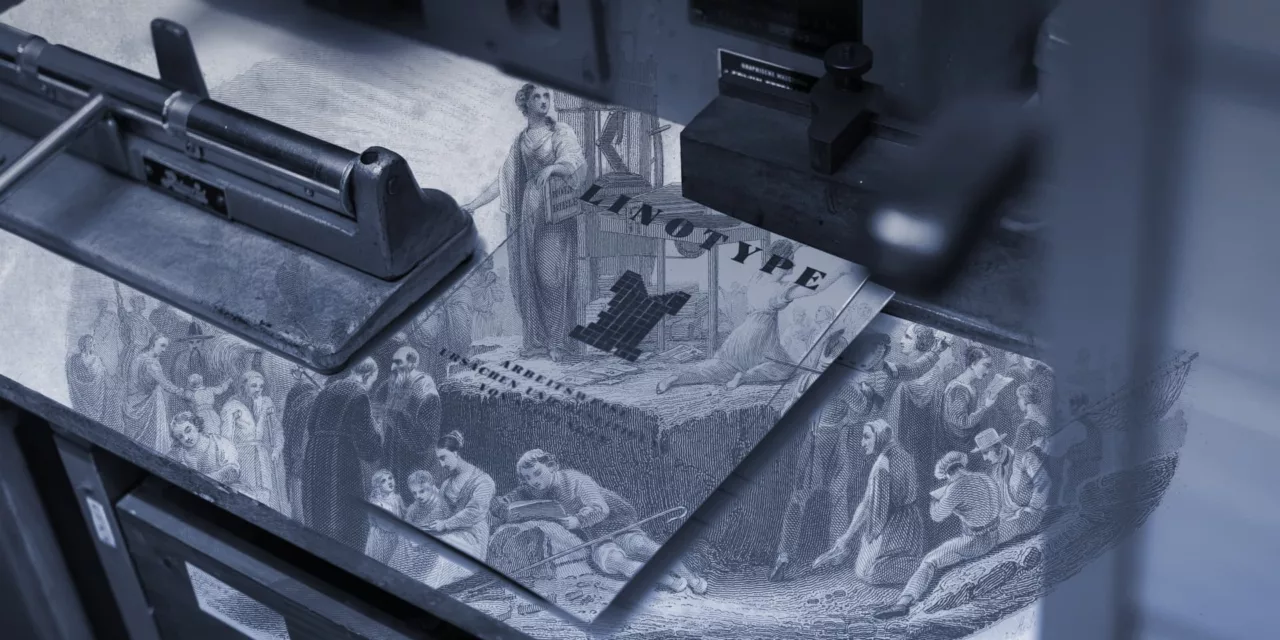
“What are the pros and cons of self publishing, choosing a small press, or going down the trad publishing route?”
Every writer’s journey to publication is unique, and there’s no “right” path that works for everyone. The publishing landscape has transformed dramatically in the past decade. There are more options available to writers than ever before, but with those options comes the challenge of knowing which is best for you.
Some writers dream of seeing their books in major bookstores and working with prestigious publishing houses. Others value creative control and quick time-to-market. Others find their sweet spot with indie presses that specialise in their genre or style and have captive audiences tailored for their work.
Let’s look at the pros and cons of each path so you can make the choice that best serves your work and your goals as an author.
Traditional publishing
Traditional publishing refers to the established model where publishing houses (from the Big 5 and their imprints, as well as mid-sized independent publishers) take on the financial risk and responsibility of bringing your book to market.
In this model, publishers invest their resources, expertise, and industry connections to get your book into the hands of readers. They handle everything from editing and design to printing, distribution, and some of the marketing (authors will always be expected to do some marketing themselves), all without any upfront cost to the author. In return, they take a larger share of the book’s profits and maintain certain rights to the work.
Pros:
- No upfront costs to the author.
- Professional editing, cover design, and marketing support.
- Industry expertise and connections.
- Distribution networks and bookstore relationships.
- Prestige and credibility.
- Advances against royalties.
- Better chance at major literary awards and reviews.
Cons:
- Very competitive to break into.
- Long timeline (often 18-24 months from acceptance to publication).
- Less creative control.
- Lower royalty percentages dependent on format (typically 5%-8% for paperbacks and 15% for hardback).
- Limited input on cover design and marketing strategies.
- Rights typically controlled by publisher.
- May need a literary agent first (another competitive step).
Small press publishing
While small press publishing is still a form of traditional publishing, I’ve given this a separate entry, as there are some differences in approach, as well as different pros and cons.
Small presses typically publish a smaller number of books a year compared to the thousands released by larger publishers and often focus on specific genres, styles, or communities. Because of this, many have built devoted followings among readers who trust their editorial vision.
They combine some of the professional support of traditional publishing with a more intimate, hands-on approach that many authors find appealing. While they may lack the resources of larger houses, small presses often make up for it with passion, dedication, and a willingness to take risks on unique or experimental works that might not find a home with major publishers.
Pros:
- More personalised attention.
- Faster publication timeline than larger publishers.
- Often more open to experimental work.
- May not require an agent.
- May offer more creative input than traditional publishing.
- Community-focused approach.
- Often more flexible with rights.
Cons:
- Limited marketing budgets.
- Smaller advances (if any).
- More limited distribution.
- May lack the resources of larger publishers.
- Potential stability concerns.
- Varying levels of professional support.
- May still be quite competitive.

Write more, write better, and achieve your goals with Novlr!
Self-publishing
Self-publishing gives authors complete control over their work but requires them to manage (and fund) all aspects of publication. It has grown dramatically over the last decade or so and become a legitimate and increasingly popular path to publication.
In a self-publishing model, the author takes on the role of both creator and publisher, maintaining complete control over their work while shouldering all responsibilities for bringing the book to market. This means managing everything from editing and cover design to marketing and distribution—either handling these tasks personally or hiring professionals to help.
Modern self-publishing platforms like Amazon KDP, Ingram Spark, and Draft2Digital have made it easier than ever to reach readers directly. However, this independence comes with the requirement that you understand the business side of publishing and usually needs upfront investment to produce a professional-quality book.
Pros:
- Complete creative control.
- Higher royalty rates (up to 70% for ebooks).
- Faster time to market.
- Keep all rights.
- Direct access to sales data.
- Freedom to experiment.
- No gatekeepers.
- Can update content easily.
- Multiple revenue streams possible.
Cons:
- Upfront costs (editing, cover design, marketing).
- No advance payment.
- Must manage all aspects of publication.
- Learning curve for business aspects.
- More difficult to get into bookstores.
- May face stigma in some circles.
- Less likely to get major reviews or awards.
- Need to build credibility independently.
Avenues to avoid
While both traditional and self-publishing are valid choices for authors on their writing journeys, there are some avenues that are best avoided. I am, of course, talking about vanity presses.
Vanity presses are companies that charge authors to publish their books while masquerading as traditional publishers or as “hybrid” publishers for those who prefer self-publication. They often make grand promises about marketing, distribution, and sales but deliver poor-quality products at inflated prices.
These companies prey on authors’ dreams, charging thousands for services that could be obtained independently at a fraction of the cost. Unlike legitimate self-publishing services, vanity presses will often try to keep rights to your work while providing minimal value in return.
There are some great resources available online to help you spot a vanity press, but I can highly recommend the Writer Beware blog, supported by the Science Fiction and Fantasy Writers Association. They keep a comprehensive and fact-checked list of vanity and hybrid presses, as well as several other common writer scams to help you navigate that particular minefield.
Making your choice
Consider these factors when choosing your path:
- Your financial situation and risk tolerance.
- How much creative control matters to you.
- Your marketing and business capabilities.
- Your timeline goals.
- Your specific genre and market.
- Your long-term career goals.
Ultimately, it all comes down to choosing the path that best serves your unique outlook and targets. Start by honestly assessing your goals, resources, and your specific desires. Consider speaking with other authors who have experience with different publishing routes, particularly those writing in your genre. Join writing communities and attend industry events (virtual or in-person) to learn more about each path firsthand.
Whatever route you choose, focus first on creating the best possible book. A well-crafted story that connects with readers will find its audience, regardless of how it reaches them. The “best” publishing path is the one that aligns with your vision, resources, and goals as an author.








